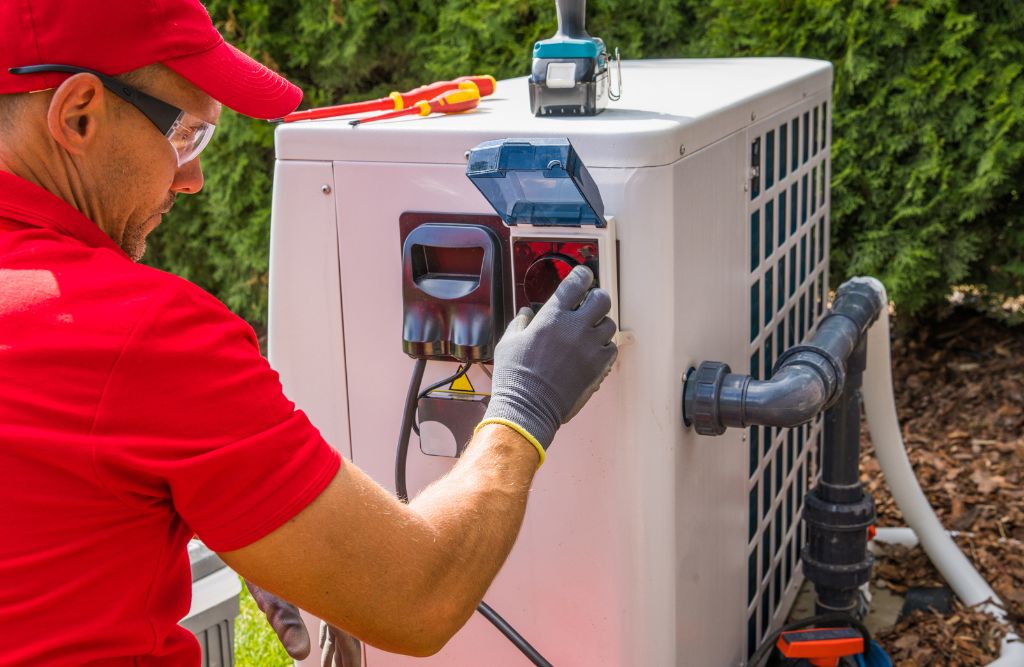As the Australian summer approaches, ensuring your home remains a cool sanctuary without skyrocketing energy bills is a top priority. With the right strategies, you can optimize your air conditioning system for peak efficiency, comfort, and cost-effectiveness. Here’s your comprehensive guide to mastering summer cooling.
Contents
Understanding Air Conditioning Basics
Before tweaking settings, grasp how your system works. Air conditioners transfer heat from indoors to outside via refrigerant cycles. The evaporator coil inside absorbs heat, while the condenser coil releases it outdoors. This process cools and dehumidifies your home.
Common AC Types in Australia:
- Split Systems: Ideal for single rooms, with quiet indoor units and outdoor compressors.
- Ducted Systems: Centralized cooling for entire homes, using hidden ductwork.
- Portable/Window Units: Affordable but less efficient for large spaces.
Knowing your system type helps tailor maintenance and settings for optimal air conditioning performance.
Pre-Summer Preparation
A little prep prevents mid-summer breakdowns and inefficiencies.
1. Inspect and Maintain Your Unit
- Clean outdoor condenser coils of debris.
- Check refrigerant lines for leaks (call a pro if needed).
- Schedule a professional service to ensure components like compressors and fans are in top shape.
2. Replace Air Filters
Dirty filters restrict airflow, forcing your system to work harder. Replace them every 1–3 months.
3. Seal and Insulate
Close gaps around windows, doors, and ductwork. Proper insulation keeps cool air in and heat out, reducing strain on your air conditioning system.
Optimal Summer Settings for Efficiency
1. Temperature Sweet Spot
Set your thermostat between 24°C and 26°C. Each degree lower can increase energy use by 10%. Use ceiling fans to amplify comfort—they create a wind-chill effect, letting you raise the thermostat by 2–3°C without sacrificing comfort.
2. Choose the Right Mode
- Cool Mode: Best for hot days, actively lowering temperature and humidity.
- Dry Mode: Reduces humidity without overcooling—ideal for muggy days.
- Fan Mode: Circulates air but doesn’t cool; use sparingly.
3. Smart Thermostats
Programmable or Wi-Fi-enabled thermostats adjust temperatures automatically. Set higher temps when you’re out and cooler settings before you return.
Energy-Efficient Cooling Strategies
1. Upgrade to an Inverter System
Inverter air conditioning units adjust compressor speed to maintain steady temps, using 30–50% less energy than conventional models.
2. Zone Cooling
If using a ducted system, close vents in unused rooms to focus cooling where it’s needed.
3. Block Heat Gain
- Close blinds during peak sunlight.
- Install reflective window film.
- Use outdoor awnings or plant shade trees.
Troubleshooting Common Issues
1. AC Blowing Warm Air?
- Check for dirty filters or frozen evaporator coils.
- Ensure outdoor units aren’t obstructed by plants or debris.
- Low refrigerant levels? Call a technician.
2. Short Cycling
Frequent on/off cycles strain the system. Causes include oversized units, thermostat issues, or dirty coils.
3. High Humidity
If your home feels clammy, use dry mode or pair your AC with a dehumidifier.
Year-Round Maintenance Tips
- Winter Prep: Set reverse-cycle systems to 18–20°C for heating. Clean filters before switching modes.
- Ventilate: Open windows on mild days to reduce reliance on mechanical cooling.
FAQs
Q: How often should I service my AC?
A: Annually, preferably before summer.
Q: Is dry mode better than cool mode?
A: In humid climates, yes. It reduces moisture without overcooling.
Q: Are smart thermostats worth it?
A: Absolutely! They optimize settings automatically, saving up to 20% on bills.
Q: What’s the best temperature for sleep?
A: 24–25°C, paired with a fan for airflow.
Q: Do energy-efficient ACs save money?
A: Yes. Look for high Energy Star ratings—they cut costs long-term.
Conclusion
Optimize your air conditioning Ferntree Gully for summer with simple yet effective steps. Seal leaks, set smart temperatures, and schedule regular maintenance to cut energy costs and extend your system’s lifespan. Upgrade to energy-efficient solutions for a cooler, more comfortable home without the high bills.











